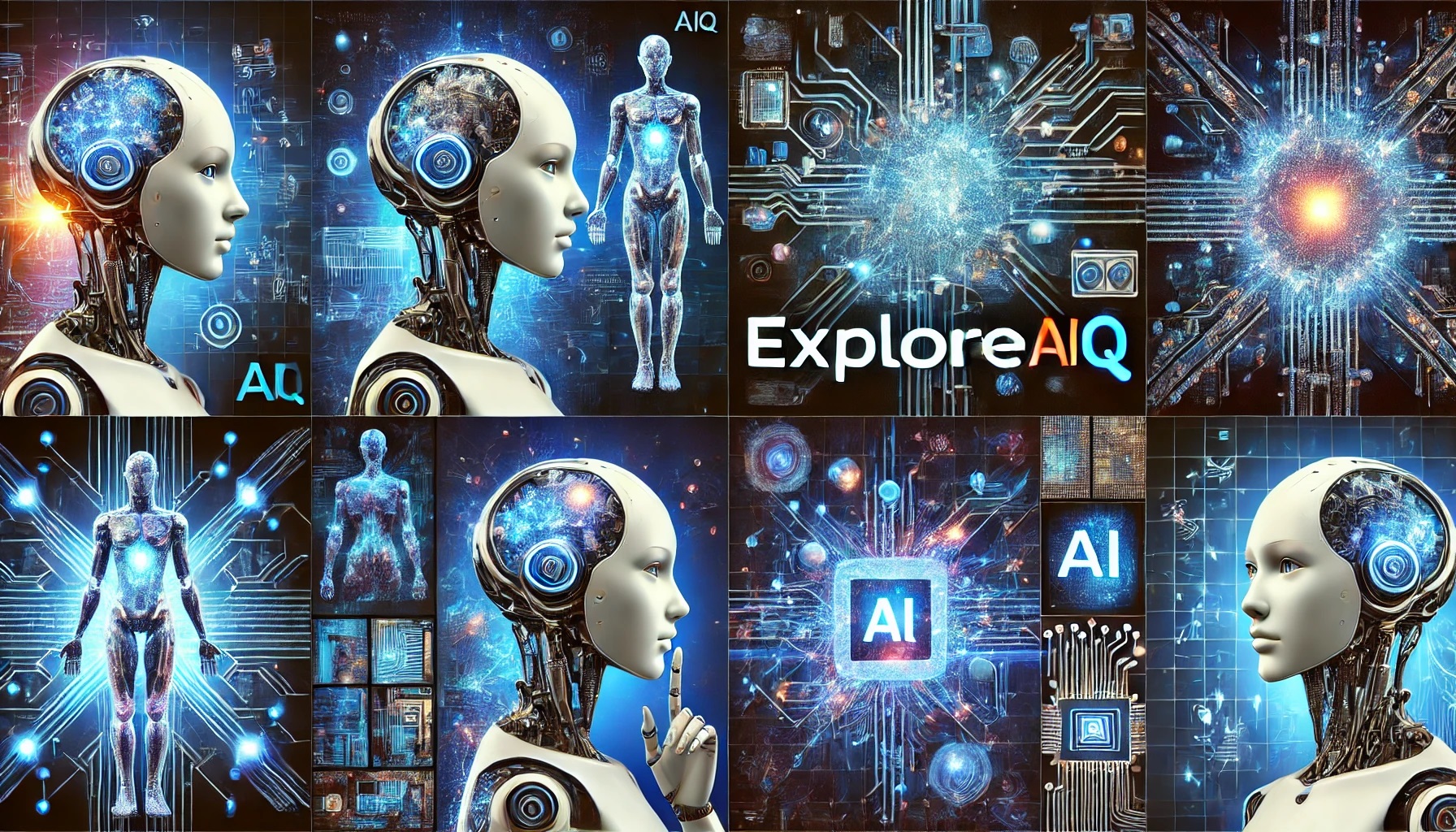Shaping the Future of Technology
Introduction: The Next Frontier of Artificial Intelligence
Artificial Intelligence (AI) has already transformed the way we live and work, but the journey is far from over. As AI evolves, new trends are emerging that promise to make it more powerful, accessible, and ethical. From personalized learning to autonomous systems, these advancements are shaping the future of technology.
In this eighth blog of our AI Terminologies Series, we’ll explore some of the most exciting trends in AI, their potential applications, and how they are set to redefine the tech landscape.
1. Federated Learning: Decentralized Data Training
What It Is:
Federated learning allows AI models to train across decentralized devices without sharing raw data. Instead of sending data to a central server, the model is trained locally and updates are aggregated centrally.
Why It Matters:
- Enhances privacy by keeping sensitive data on local devices.
- Reduces data transfer costs and latency.
Applications:
- Healthcare: Hospitals can collaborate on AI models without sharing patient records.
- Mobile Devices: Smartphones like Google Pixel use federated learning to improve predictive text without uploading user data.
Example:
Google’s Gboard keyboard uses federated learning to improve word predictions based on local usage patterns.
2. Explainable AI (XAI): Making AI Transparent
What It Is:
Explainable AI focuses on creating models that provide human-understandable explanations for their decisions.
Why It Matters:
- Builds trust in AI systems, especially in sensitive areas like healthcare and criminal justice.
- Helps identify and mitigate biases in AI models.
Applications:
- Finance: Explaining why a loan application was approved or denied.
- Healthcare: Justifying diagnoses made by AI systems.
Example:
XAI techniques are used to clarify why an autonomous vehicle chose a particular route or avoided a specific object.
3. Edge AI: AI at the Source
What It Is:
Edge AI processes data locally on devices like smartphones, IoT devices, or sensors, instead of relying on centralized servers.
Why It Matters:
- Enables real-time decision-making.
- Reduces reliance on internet connectivity and cloud resources.
Applications:
- Autonomous Vehicles: Making split-second decisions without latency.
- Smart Cameras: Identifying security threats in real time.
Example:
Amazon’s Alexa Guard uses edge AI to detect sounds like breaking glass, alerting homeowners to potential intrusions.
4. Multimodal AI: Combining Multiple Data Types
What It Is:
Multimodal AI integrates different types of data, such as text, images, and audio, to create richer and more accurate models.
Why It Matters:
- Mimics human perception by processing diverse inputs.
- Opens up possibilities for more advanced applications.
Applications:
- Healthcare: Combining CT scans and patient history for more accurate diagnoses.
- Virtual Assistants: Analyzing voice tone, text, and facial expressions to understand user intent.
Example:
OpenAI’s CLIP model understands images and their associated textual descriptions, enabling advanced image recognition tasks.
5. Autonomous AI Systems: Self-Learning and Adapting
What It Is:
Autonomous AI systems learn and adapt to new environments with minimal human intervention.
Why It Matters:
- Reduces dependency on frequent updates or retraining.
- Increases efficiency in dynamic, unpredictable scenarios.
Applications:
- Robotics: Robots navigating unknown terrains in search-and-rescue missions.
- Supply Chains: AI optimizing logistics dynamically based on real-time data.
Example:
Boston Dynamics’ robots use autonomous AI to navigate complex environments like disaster zones.
6. AI and Quantum Computing: Unleashing New Possibilities
What It Is:
Quantum computing uses quantum bits (qubits) to perform computations exponentially faster than classical computers, opening up new possibilities for AI.
Why It Matters:
- Accelerates complex AI tasks like drug discovery or climate modeling.
- Tackles problems that are computationally infeasible today.
Applications:
- Drug Discovery: Simulating molecular interactions at unprecedented speeds.
- Cryptography: Developing quantum-safe encryption.
Example:
IBM’s Qiskit framework is being used to explore quantum-enhanced AI models.
7. Personalized AI: Tailoring AI to Individuals
What It Is:
AI systems that adapt to individual preferences, behaviors, and needs, offering highly personalized experiences.
Why It Matters:
- Improves user satisfaction and engagement.
- Drives innovation in sectors like education and healthcare.
Applications:
- Education: AI tutors adapting lessons based on a student’s learning pace.
- E-commerce: Personalized product recommendations based on user behavior.
Example:
Duolingo uses personalized AI to adjust lesson difficulty, helping users learn languages more effectively.
8. AI for Good: Solving Global Challenges
What It Is:
The use of AI to address social, environmental, and humanitarian challenges.
Why It Matters:
- Demonstrates AI’s potential as a force for positive change.
- Inspires trust and collaboration between communities and technologists.
Applications:
- Disaster Response: AI models predicting the path of hurricanes to improve evacuation planning.
- Environmental Conservation: Monitoring deforestation and wildlife populations using drones and AI.
Example:
Microsoft’s AI for Earth program helps researchers tackle environmental challenges with AI tools.
Preparing for the Future of AI
- Continuous Learning:
- Stay updated on emerging trends through courses, webinars, and publications.
- Experimentation:
- Use platforms like Google Colab to experiment with cutting-edge AI tools and models.
- Collaboration:
- Join communities, hackathons, or open-source projects to explore new possibilities with like-minded individuals.
Conclusion: The Road Ahead
The future of AI is brimming with possibilities. Trends like federated learning, edge AI, and quantum computing are not just theoretical—they are shaping the world today and setting the stage for tomorrow. As we continue exploring these advancements, the challenge lies in ensuring that AI evolves responsibly, inclusively, and ethically.
In the next blog, we’ll summarize the series and discuss how to create your roadmap for mastering AI. Stay tuned to Explore AIQ as we continue empowering you with knowledge and inspiration for the AI revolution!




